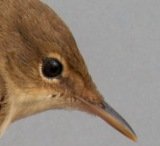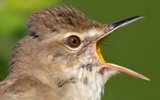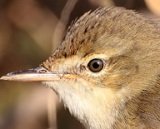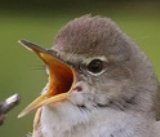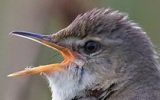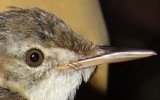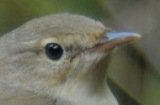wolfbirder
Well-known member
Separating these two species is a real tricky business unless they are singing birds in spring, not everyone understands or is able to see emargination on primary 3 or 4 for BRW, and of course call and primary projection are key identifiers though still subjective, as is colour tone which varies according to light and shade.
I have edited 20 photos, a small sample admittedly - taken randomly to try to highlight typical features - 10 BRW's and 10 ERW's to zoom in on face only.
I am not saying this is a key diagnosis of those quieter autumn birds (call is still diagnostic but requires knowledge & often birds are not accepted by authorities on call), but the open expression of the BRW's created by a whiter, broader fore-supercilium may be a helpful indicator in the field. Also look at bill structure and colouration, iris colour (seems slightly lighter in BRW), and eye-ring. Beyond that I fully accept that beyond helping with familiarity of each species, this is not scientific or diagnostic, but if it helps people appreciate the subtlties of each species then that is a bonus........
First 5 Eurasian Reed Warblers....................
I have edited 20 photos, a small sample admittedly - taken randomly to try to highlight typical features - 10 BRW's and 10 ERW's to zoom in on face only.
I am not saying this is a key diagnosis of those quieter autumn birds (call is still diagnostic but requires knowledge & often birds are not accepted by authorities on call), but the open expression of the BRW's created by a whiter, broader fore-supercilium may be a helpful indicator in the field. Also look at bill structure and colouration, iris colour (seems slightly lighter in BRW), and eye-ring. Beyond that I fully accept that beyond helping with familiarity of each species, this is not scientific or diagnostic, but if it helps people appreciate the subtlties of each species then that is a bonus........
First 5 Eurasian Reed Warblers....................
Attachments
Last edited:




